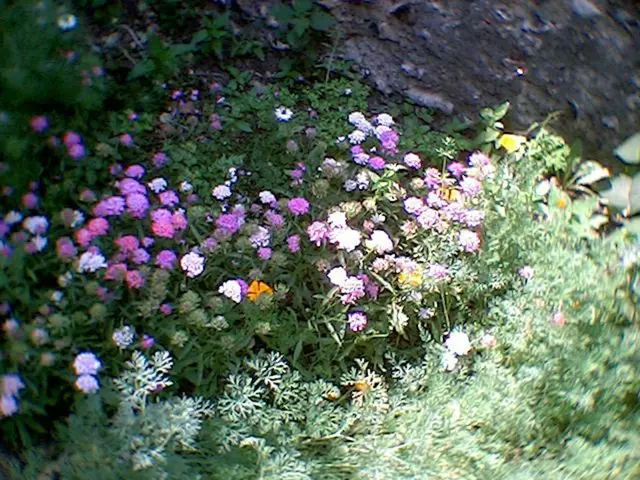Simplifying Lawn Maintenance: Your Summer Mowing Guide
Frequent Lawn Mowing Frequency during Summer Months
Summer evenings often involve mowing the lawn, but how frequently should you actually be snipping those grass blades? According to the German Federal Association for the Environment and Nature Conservation (BUND), the less you mow, the better for nature. It's all about letting nature do its thing.
Aim to mow only when the grass reaches a whopping 20 centimeters. This length ensures that many flowering plants remain standing proud, providing a smorgasbord of nectar and pollen for our six-legged friends. Plus, it's a cozy hideout for hedgehogs, field mice, and amphibians.
It's wise to vary the mowing schedule to allow insects a chance to scurry away, keeping a part of the lawn perpetually blooming. A lush, floral border strip or island is a fantastic idea.
Intensively used areas can be mowed more frequently, but remember to clear away the grass clippings to prevent an excessive nutrient build-up.
Less Mowing, More Benefits
Cutting down on mowing offers numerous perks. Wildflowers such as clover, daisies, and dandelions get a chance to flourish, providing a nourishing feast for bees, butterflies, and other beneficial insects.
It's recommended to trim the lawn to around five centimeters high. At this height, herbs will bloom, allowing the lawnmower to handle the next growth spurt with ease. However, resist the temptation to use the grass clippings as mulch, as it can lead to overly rich soil. Prefer a more barren terrain, providing the perfect conditions for desired meadow plants and the insects that depend on them.
Bonus Perks 🐝💧
A swathe of longer grass acts as a natural sponge, soaking up moisture and protecting the soil from drying out. This means less watering and a more comfortable microclimate in your entire garden. Furthermore, the improved soil quality encourages the arrival of earthworms, springtails, and woodlice, who play a vital role in maintaining soil health.
By fostering a more wildlife-friendly environment in your garden, you'll attract beneficial insects such as ladybugs, hoverflies, and parasitic wasps, helping keep pesky aphids and slugs at bay. So, put down that mower and embrace nature. Your garden, and your wallet, will thank you!
Source: ntv.de, awi/dpa
- Real Estate
- Consumer
- Nature Conservation
- Animals
- Legal Issues
- Botany
- Allergies
Enrichment Data:
The Deets:
To really reap the benefits for nature and wildlife, mow your lawn less frequently during summer. Key tips include:
- Occasional Mowing: Try mowing your lawn once every three to four weeks. This allows wildflowers to bloom, aiding pollinators and supporting biodiversity[1][2].
- Raised Mower Height: Keep your grass longer by raising the cutting height on your lawnmower. Longer grass supports deeper root growth and a wider array of wildlife[1].
- Wild Spaces: If possible, leave parts of your lawn uncut during summer. This creates opportunities for caterpillars to feed and metamorphose into butterflies and moths, which in turn positively impact the ecosystem[1].
By adopting these practices, you'll cultivate a thriving ecosystem in your garden. If you prefer a more manicured look, you can still strike a balance by incorporating flowering areas or meadows alongside your lawn[2].
- Adhering to the community policy and employing a less frequent mowing strategy during summer, as suggested by the German Federal Association for the Environment and Nature Conservation (BUND), helps cultivate a more diverse ecosystem and provides benefits for both nature and wildlife.
- Embracing a lifestyle that prioritizes home-and-garden practices such as cultivating wildflowers and maintaining longer grass heights encourages the growth of a variety of beneficial insects and supports biodiversity, demonstrating the importance of gardening for nature conservation and biological diversity.








